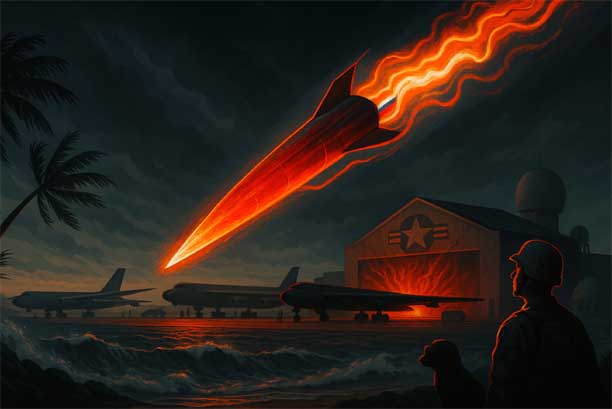Iran has selected 6 American Bases for Nuclear Attack Using Weapons ‘Possibly’ Now Deployed in Iran/Powered by Medvedev’s Avangard’s
On June 23, 2025, Dmitry Medvedev, deputy chairman of Russia’s Security Council, sent a public signal to the U.S., claiming “a number of countries” are ready to supply Iran with nuclear warheads in response to U.S. strikes on Iranian nuclear sites (web:0,1,5,12,14). His X post, viewed over three million times, framed the U.S. as escalating a war, accusing Trump of dashing Middle East peace hopes (web:2,14). Yet, Medvedev’s private signals—relayed through Kremlin backchannels (web:17)—carried a darker warning: Russia’s advanced nuclear systems, including the 200-megaton Poseidon torpedo, are untouchable by U.S. defenses (web:24). These secret threats, emphasizing Russia’s nuclear superiority, prompted Trump’s urgent call to Israeli Prime Minister Benjamin Netanyahu, seeking to align strategies (web:3,12). Trump backed down after advisors, including Joint Chiefs Chairman Gen. Dan Caine and Defense Secretary Pete Hegseth, briefed him in the White House Situation Room (web:12,13). The sobering reality: U.S. missile defenses can intercept less than 5% of Russia’s new nuclear systems, designed to evade interception for decades—not 10, not 20 years (web:4,24). Putin’s arsenal, led by the Poseidon, shifts the balance, leaving the U.S. exposed and forcing a recalibration of its response to Iran and Russia.



















